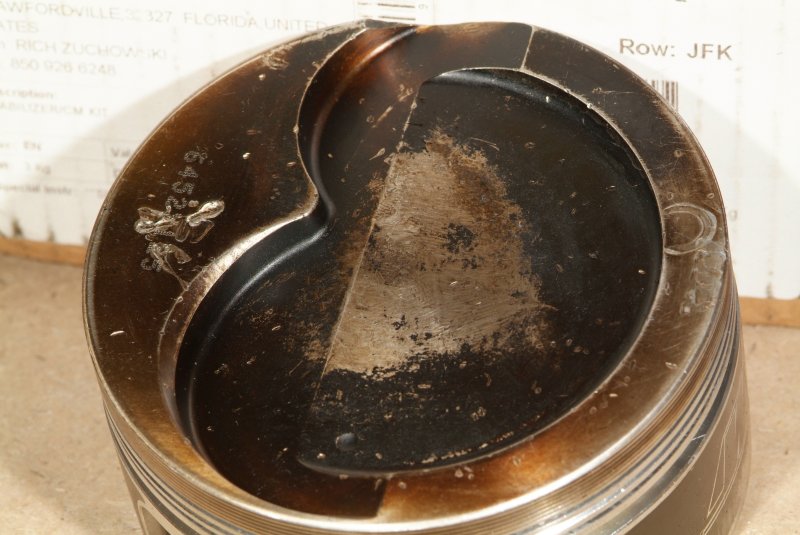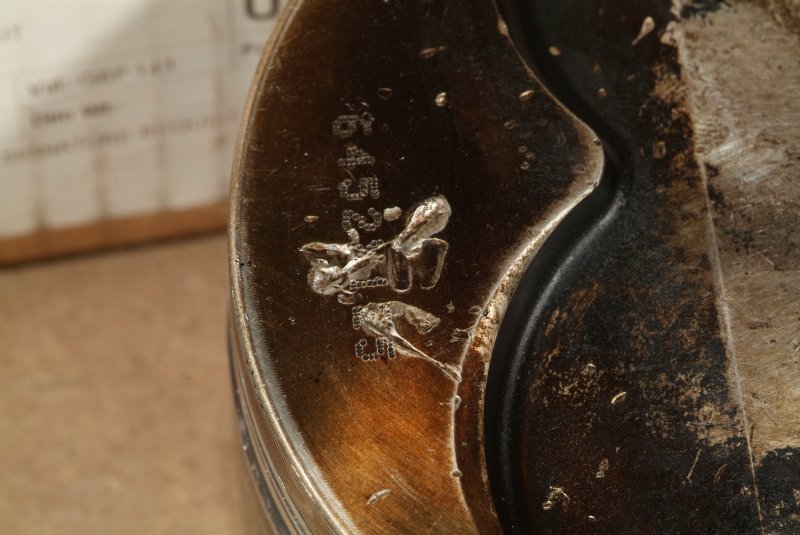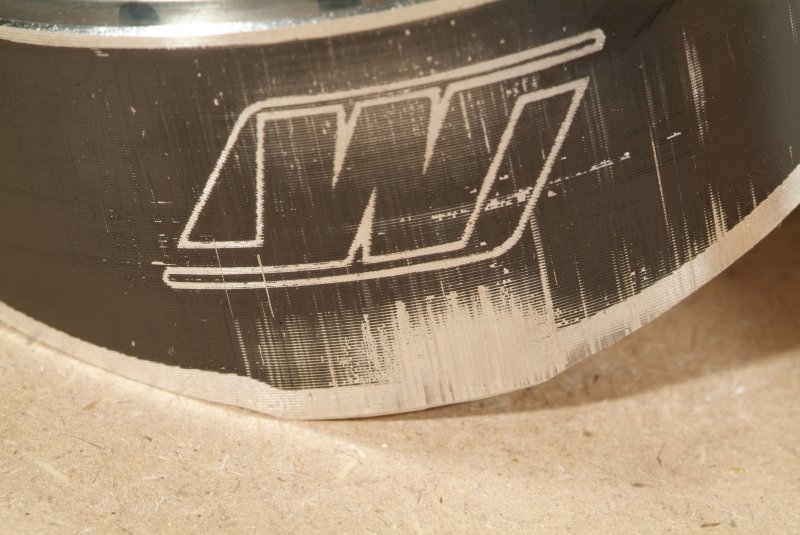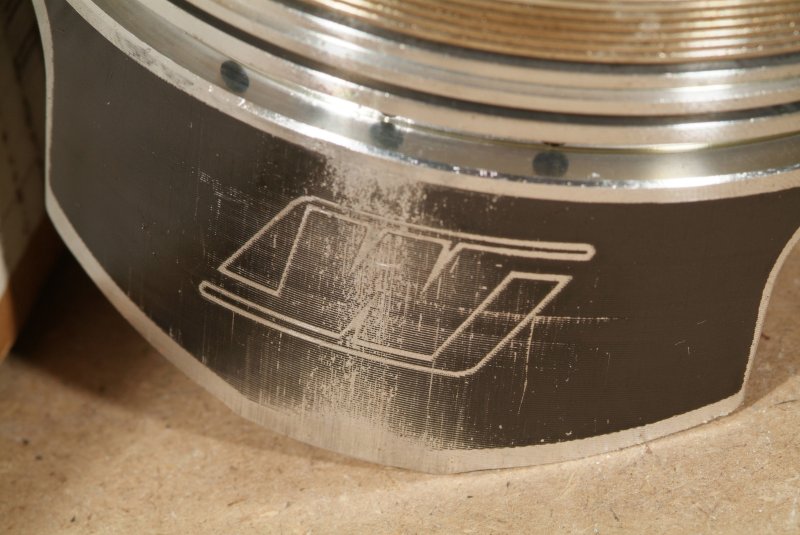shakedown067
Sinister C4
Whoa, I leave town for a week and this thread goes nuts. Congrats on getting the car back, sucks you've still got work to do. Good luck Rich!
The fuel pressure will bleed itself off if you let it sit over night. I think it bleeds back into the fuel tank through the pump but, it goes somewhere. Then removing the fuel rails is actually quite simple. Remove a few bolts, elec. connectors and fuel line and the whole rail and injector assembly lifts out. Just be careful not to damage the o-rings on the injectors. As you have already noticed, they can leak if not treated well or if pinched during assembly.





WTF! how did that happen?
Remember that I don't have a stock fuel system. This is all driven by an external Aeromotive pump.
Plus this is not a stock intake manifold, and I can't recall how those bolts holding the fuel rails in place are attached. The bolts hold the top half of the manifold to the bottom, and it seems to me that the bolts were fastened with nuts and washers underneath the manifold. Matter of fact, I believe it was one of these washers that found itself into on of the cylinders a while back. I'll have to check FAST's website to see if they show a diagram.
I'm also running a FAST manifold on my car and it comes off the same as the OE part. Removing it as an assembly is quite easy. That way you don't even need to mess with removing the fuel rails. You would only need to disconnect the fuel line and electrical connections plus the other ancillary hoses and such, of course. I've actually completely removed the FAST intake and separated the two halves to replace the all the inner runner gaskets on my car. Takes some time but, not difficult.
I can't speak to the FAST fuel rails though. Never messed with those or know anyone near me that owns them to see how they are attached.
I'm thinking I could just pull the power wire off of the fuel pump and start the car to let it drain any gasoline in the line and take off the pressure there. I'm not real keen on having gasoline squirting around under pressure.
Yep, typically you pull the pump fuse and try to start the car to relive the pressure. :thumbsup:
Heck, I just have a red wire running to the fuse box for that fuel pump. Pretty much just a hack job....
Was it that way when it left Aarons house?
That was the way Harwood did it, and Aaron did not change it.
Which one?
Sad thing is, it really isn't much more effort to put it on a relay and have it only come on with ignition power. I had a shop run my electric fans like your fuel pump...and they pull 35-40amps. Now that'll kill a battery in no time flat. Took me a whopping twenty minutes to fix their hack job and hook up a proper relay and fuse for the fans, and I suck at wiring (color blind). :toetap05: I scratch my head all the time wondering why I paid them to do that.
Broken shaft. I remember reading about the washer debackle.
Sad thing is, it really isn't much more effort to put it on a relay and have it only come on with ignition power. I had a shop run my electric fans like your fuel pump...and they pull 35-40amps. Now that'll kill a battery in no time flat. Took me a whopping twenty minutes to fix their hack job and hook up a proper relay and fuse for the fans, and I suck at wiring (color blind). :toetap05: I scratch my head all the time wondering why I paid them to do that.
